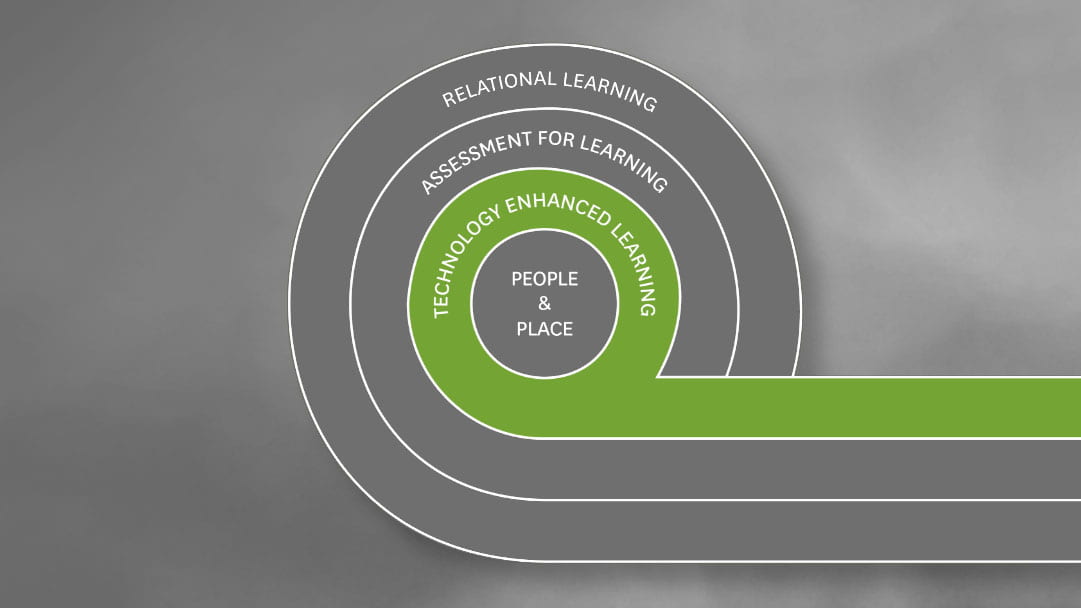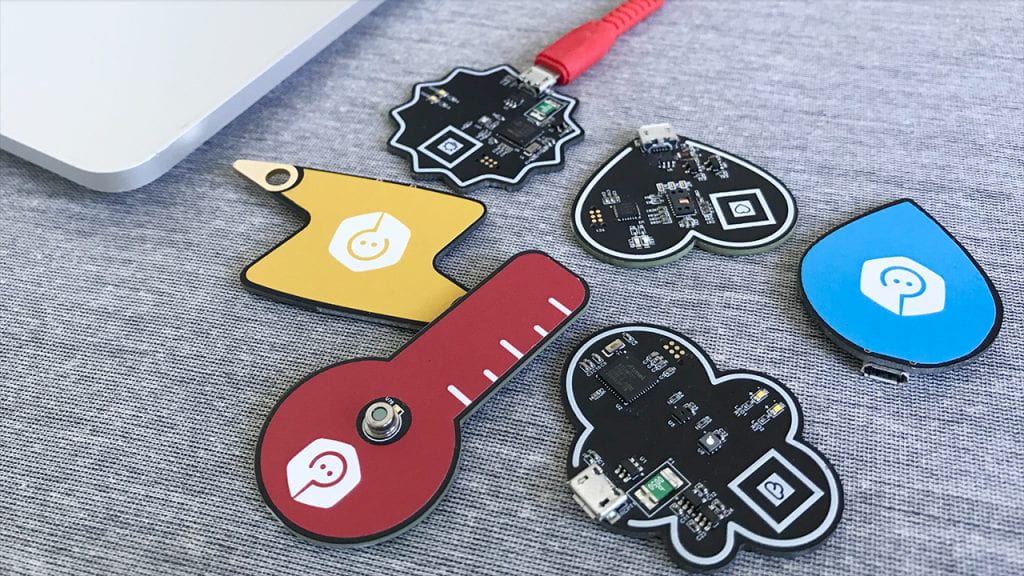Technology-enhanced learning
A variety of modes of learning and teaching delivery play a key role in providing more accessible, equitable and lifelong higher education opportunities to Waipapa Taumata Rau’s students.
Technology-Enhanced Learning (TEL) is a recognised umbrella term (supported by Advance HE) that incorporates and supports a wide variety of learning and delivery options, including blended, online, flexible, flipped, hyflex, dual, multimodal, and in-person (face-to-face, on-campus). TEL can foster rich on-campus experiences, open new settings for learning, help educate students for the present and empower them for life-long learning. By leveraging TEL, every physical or digital space; whether on campus, in the community, or industry-based can be transformed into an environment that promotes active student engagement and optimises the overall learning experience.

Blend
Quality interactive blended learning design involves thoughtful, online learning combined with in-person experiences.
Collaborate
Collaborative learning can occur between pairs of students or within groups.
Communicate
Learners express their ideas, and challenge and respond to the ideas and questions of others.
Create
Learners consolidate what they have learned by articulating their current conceptual understanding and how they have used it in practice.
Definitions: modes of teaching delivery
The University is committed to support a clear and consistent understanding of the various modes of teaching delivery. To achieve this, we present definitions that differentiate among the broad modalities, without narrowing down to specific types of teaching activities.
Blended learning
As a recognised subset of TEL, blended learning offers flexibility tailored to diverse needs.
- For learners, this could mean choice in time, pace, place, content, learning style, assessment, collaboration, and support mechanisms.
- For teachers, this flexibility can mitigate workload issues, facilitate access to external experts/contexts as part of learning and teaching, and address resource demands.
- For the institution, possibilities are offered to deal with travel to a main campus in a congested city to widen access to the student market and improve resilience to disruptions to teaching and learning.
While there exist varied interpretations of blended learning, the University will adopt the definition coined by Garrison & Kanuka (2004, p. 96)
“The thoughtful integration of classroom face-to-face learning experiences with online learning experiences.” 1
The term ‘thoughtful’ is elaborated by the authors as reflecting the purposeful combination of the respective strengths of synchronous, asynchronous, face-to-face and online learning activities.
In-person
In-person teaching requires that course content and learning material be taught in person to students. On-campus (or other physical location) learning events are scheduled regularly throughout the semester/quarter. Attendance at on-campus events is expected and may be compulsory. Lecture recording may or may not be available. Some resources, assessments and learning support may be available online, but these would primarily be static resources.
Fully online
Fully online courses are completed remotely, with no compulsory attendance of on-campus learning events. Online learning elements may include scheduled live (synchronous) learning events. Attendance at synchronous online learning events is expected and may be compulsory. This type of teaching may be synchronous, where students watch instructors deliver their lectures live over streaming services such as Zoom, or asynchronous, where students watch lecture recordings or engage with online spaces like discussion boards at different times with their peers.
Considerations and purpose for TEL
Three levels of potential benefits that TEL could bring to teaching and learning: 2
- Efficiency – existing processes carried out in a more cost-effective, time-effective, sustainable or scalable manner.
- Enhancement – improving existing processes and the outcomes.
- Transformation – radical, positive change in existing processes or introducing new processes.
Recommendations for change
- Individual Canvas courses follow a minimum set of baseline standards.
- Curate a blend of experiences that involve decisions about which technology to use and how to integrate that technology with established models of learning and pedagogical practice to maximise the learning potential.
- Model practices through digital resources that replicate scholarly or workplace practices associated with a profession or vocation.
- Create interactive, online activities to support formative learning where learning activities focus on threshold concepts or core content that students traditionally struggle to master.
- Introduce peer-to-peer engagement to extend learning opportunities beyond the scheduled lecture and tutorial times through online, asynchronous discussions.
- Integrate specialist web applications to support formative feedback, e.g., AcaWriter (University of Technology, Sydney).
Technology-enhanced learning represents one of three signature pedagogical practices outlined in the Curriculum Framework Transformation Hub.
See also
Learning technologies to support teaching
We provide self-help guides for recommended teaching and learning tools.
Page updated 19/02/2025 (minor edit)
- Garrison, D. Randy, and Heather Kanuka. “Blended learning: Uncovering its Transformative Potential in Higher Education.” Internet and Higher Education 7, no. 2 (2004): 95-105. ↩
- Kirkwood, Adrian, and Linda Price. “Technology-enhanced learning and teaching in higher education: what is ‘enhanced’ and how do we know? A critical literature review.” Learning, media and technology 39, no. 1 (2014): 6-36. http://dx.doi.org/doi:10.1080/17439884.2013.770404. ↩




